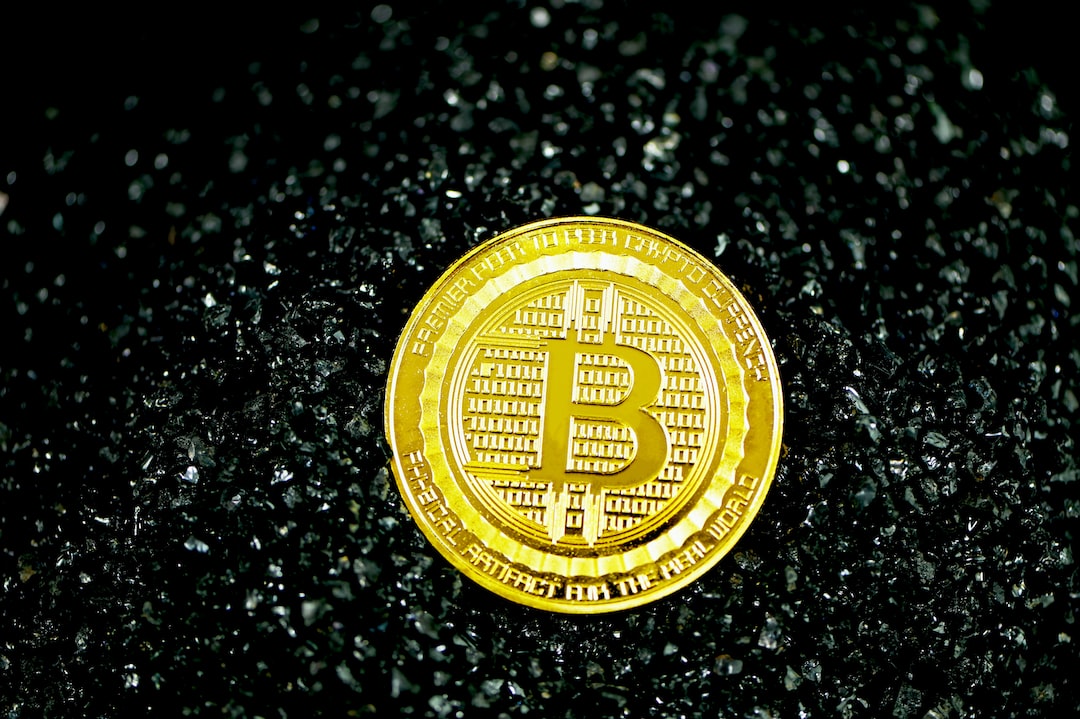Russian Central Bank Plans to Classify Digital Ruble as High-Quality Liquid Asset
The Russian Central Bank has announced its intention to classify the digital ruble, the nation’s central bank digital currency (CBDC), as a “high-quality liquid asset” (HQLA). This classification is typically reserved for assets such as fiat cash, central bank reserves, and government bonds with high credit ratings. If accepted, this move will eventually require commercial banks in Russia to include CBDC holdings in their accounting processes. The bank has released draft revised guidelines on liquidity calculation methodologies that include the inclusion of digital rubles in HQLA calculations. Financial players have until September 23 to submit comments on the guidelines, and if accepted, banks will be obligated to follow the methodologies starting from October 1, 2024.
Main Breakdowns:
- Russian Central Bank plans to classify digital ruble as HQLA
- Commercial banks will be obliged to include CBDC holdings in their accounting processes
- Draft revised guidelines on liquidity calculation methodologies released
- Financial players have until September 23 to submit comments
- If accepted, banks must follow the methodologies from October 1, 2024
Hot Take
The Russian Central Bank’s move to classify the digital ruble as a high-quality liquid asset signifies the increasing acceptance and recognition of central bank digital currencies. While commercial banks may have conflicting feelings about the digital ruble, this development paves the way for potential cross-border payments overhaul and the use of CBDCs in international transactions. As Russia aims to roll out its digital fiat nationwide between 2025 and 2027, other BRICS nations such as China and Brazil are also progressing with their own digital currency projects. The formation of common digital currency working groups among BRICS nations may further accelerate the adoption and integration of CBDCs in the global financial landscape.





 By
By
 By
By
 By
By

 By
By
 By
By